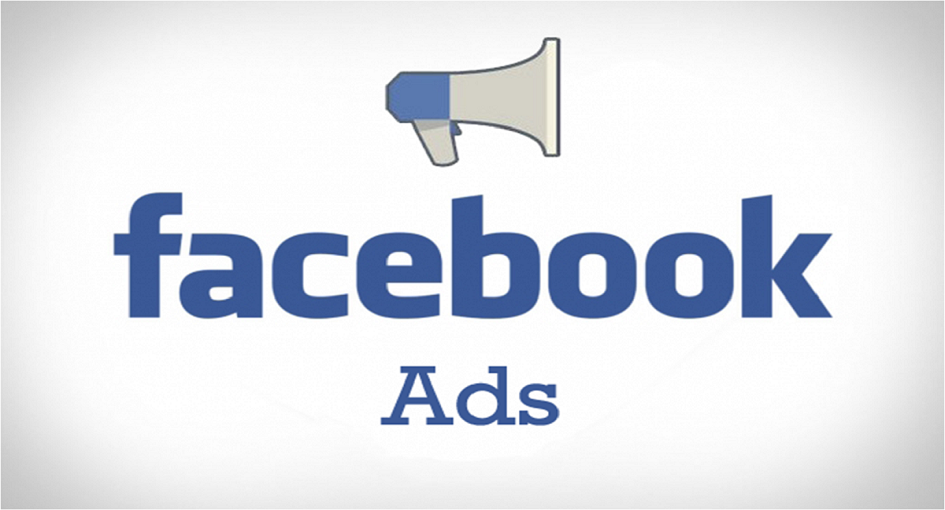
Facebook ads have become an indispensable tool for businesses looking to reach their target audience effectively. With over 2.8 billion monthly active users, Facebook offers unparalleled opportunities for marketers to connect with potential customers. However, success in Facebook advertising depends on understanding the platform’s robust targeting options and creating compelling ad campaigns. This comprehensive guide will explore how to get the most out of Facebook ads by mastering targeting and creating engaging ad campaigns.
The foundation of effective Facebook marketing is defining your target audience. Start by creating detailed buyer personas that include demographics, interests, behaviors, and pain points. Consider factors like age, gender, location, interests, job titles, and even life events. The more specific your audience definition, the better your targeting will be.
Facebook offers a variety of core audience targeting options:
Custom Audiences allow you to upload your customer lists, website visitor data, or app user data to Facebook. This feature enables you to retarget existing customers and create lookalike audiences that share similarities with your current customers, expanding your reach to potential new clients.
Lookalike Audiences are created by Facebook’s algorithms, which identify users who resemble your custom audience in terms of interests, behaviors, and demographics. This tool is highly effective for expanding your reach to a similar but larger audience.
Facebook’s Detailed Targeting feature allows you to combine various targeting options to refine your audience further. For instance, you can target users who are interested in “fitness” and “healthy eating” and live in a specific city.
Facebook provides behavioral targeting options that allow you to reach users based on their actions and activities on and off the platform. This includes users who have made specific purchases, engaged with specific content, or shown interest in certain industries.
Dynamic ads automatically show the most relevant products or content to users who have interacted with your website or app. They’re a powerful tool for e-commerce businesses, as they can showcase products that users have viewed or added to their carts, prompting them to complete a purchase.
Carousel ads allow you to display multiple images or videos within a single ad unit. Each card can have its own headline, description, and link, making it ideal for showcasing a range of products or highlighting different features of a single product or service.
Video ads on Facebook are highly engaging and can be used for various purposes, such as storytelling, product demonstrations, or customer testimonials. Facebook’s auto-play feature ensures that videos catch users’ attention as they scroll through their feed.
Facebook offers a range of ad placements, including the Facebook News Feed, Instagram, Audience Network, and Messenger. Each placement has its own unique advantages and audience characteristics. Experiment with different placements to determine which works best for your objectives.
A/B testing is crucial for optimizing ad campaigns. Create multiple ad variations with different headlines, images, or targeting options. Test these variations to identify which elements resonate best with your audience and drive the desired actions.
Ad scheduling allows you to specify when your ads should run. Use this feature to target users when they’re most likely to be online and engaged. Adjust your ad schedule based on time zones and user behavior patterns for your Facebook advertising.
Invest time and effort in creating a compelling and creative copy. Use high-quality images or videos, write persuasive ad copy, and include clear calls to action (CTAs) that encourage users to take the desired action, whether it’s clicking, signing up, or making a purchase.
Regularly monitor your ad campaign’s performance using Facebook’s ad metrics. Adjust your targeting, bidding, and ad creative based on the data to optimize for better results. Be prepared to adapt your strategy as audience preferences and platform algorithms evolve.
In conclusion, Facebook advertising offers a wealth of opportunities for businesses to connect with their target audience effectively. By mastering the platform’s targeting options and creating engaging ad campaigns, you can reach potential customers with precision and drive desired actions. Keep in mind that effective Facebook marketing requires continuous testing, optimization, and adaptation to stay ahead in the dynamic world of social media marketing. With the right strategies in place, Facebook can become a powerful tool for achieving your marketing objectives and growing your business.